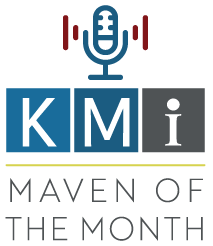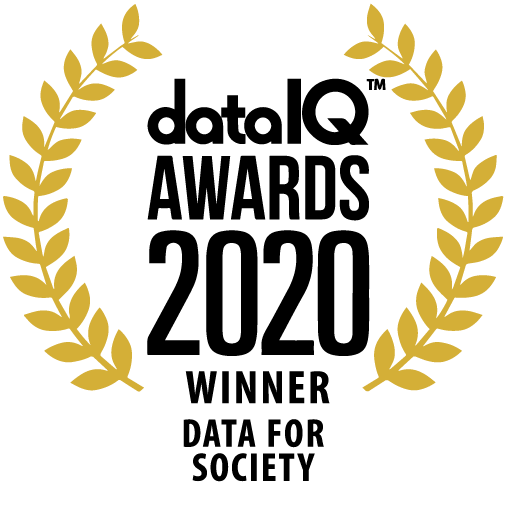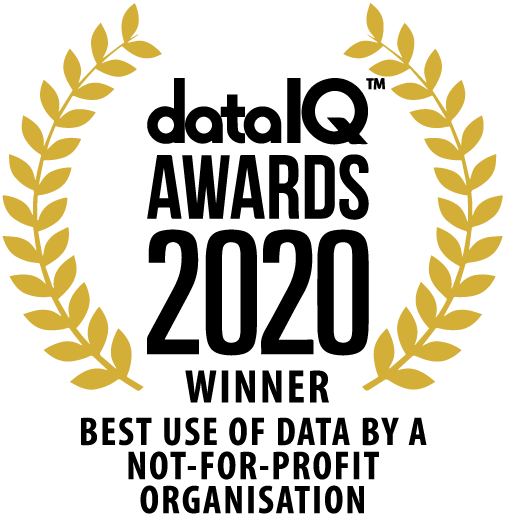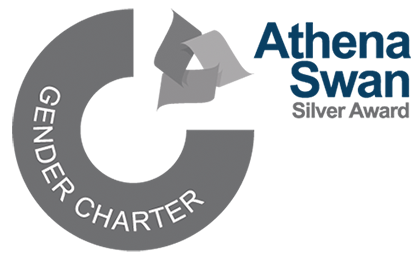Full Seminar Details
Dr Maarten Sierhuis
Human-Centered Computing, NASA Ames Research Center, Moffett Field, USA

This event took place on Thursday 15 December 2005 at 12:30
Representing how people do work can be done at many different levels. In the knowledge engineering and AI world, people?s work has been described in terms of their problem-solving expertise. There the theory is that we can model people?s problem-solving behavior by representing it in a computational model that is able to duplicate it. Work process models, such as Petri-Net models of a work process, describe what tasks are performed and when. In workflow models we describe how a specific product "flows" through an organization?s work process. This describes the sequential tasks in the work process that "touch" a work-product. All these modeling approaches describe the work in a system at a certain level of detail. However, what is missing from all these types of modeling approaches is a representation of how work gets done. What is missing is a description of the work at the work practice level. Work practice includes those aspects of the work process that make people act at a specific moment in time. To describe people?s situation-specific behavior we need to include those aspects of the situation that explain the influence on the activity behavior of individuals (in contrast with problem-solving behavior), such as: situated activities, agent's beliefs, world facts, tools and artifacts, geography, situational effects on the activities, communication between agents and the use of communication tools, and agent reasoning.
Brahms is a tool for modeling and simulating the way people work and collaborate, and use systems to accomplish their tasks. Brahms can be used to describe current and future work processes and practices in organizations. Another application of Brahms is to design the collaborative activities between multiple intelligent agents - human and software agents.
There are many tools and languages for describing and designing the formal specification of system behavior. However, there are not many systems that are able to describe the intelligent and social behavior of people, as well as the cooperative and collaborative behavior between people and systems, and the situational interaction with the environment. With Brahms we can model and simulate socio-technical systems and it is possible to use a formal modeling and simulation approach as an analysis and design methodology in the development of cooperative Multi-Agent Systems.
In this seminar, I will cover some of the theoretical underpinnings of Brahms, as well as explain some of its capabilities by discussing my research at NASA Ames Research Center.
Download PDF version of presentation (21.3Mb ZIP file)

Maven of the Month
We are also inviting top experts in AI and Knowledge Technologies to discuss major socio-technological topics with an audience that comprises both members of the Knowledge Media Institute, as well as the wider staff at The Open University. Differently from our seminar series, these events follow a Q&A format.







